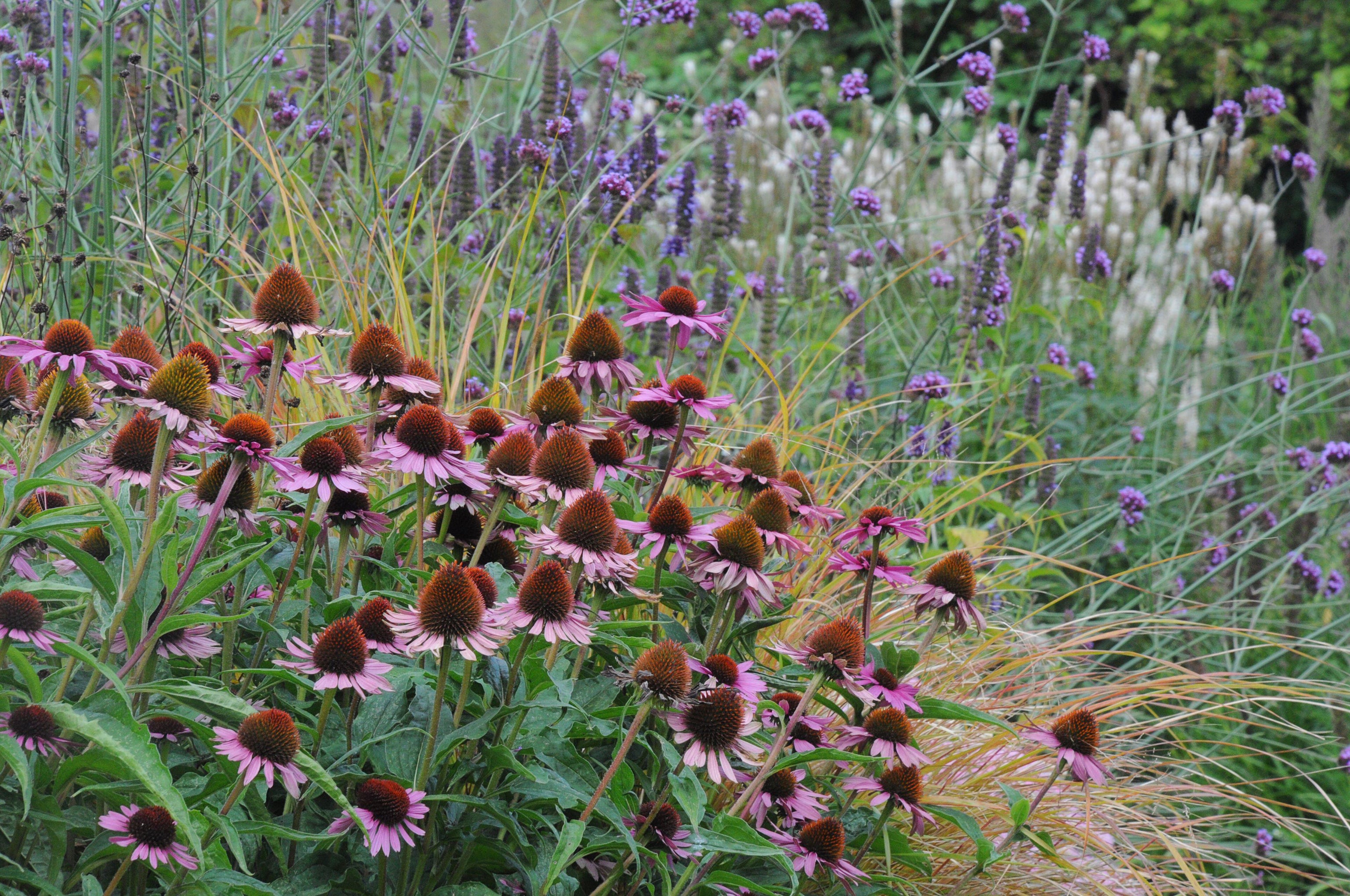How to make summer colour stretch into autumn in your garden
Award-winning garden designer Andrew Duff looks at late showstoppers that just keep on giving.

Your support helps us to tell the story
From reproductive rights to climate change to Big Tech, The Independent is on the ground when the story is developing. Whether it's investigating the financials of Elon Musk's pro-Trump PAC or producing our latest documentary, 'The A Word', which shines a light on the American women fighting for reproductive rights, we know how important it is to parse out the facts from the messaging.
At such a critical moment in US history, we need reporters on the ground. Your donation allows us to keep sending journalists to speak to both sides of the story.
The Independent is trusted by Americans across the entire political spectrum. And unlike many other quality news outlets, we choose not to lock Americans out of our reporting and analysis with paywalls. We believe quality journalism should be available to everyone, paid for by those who can afford it.
Your support makes all the difference.If your bedding plants are looking a bit bedraggled and your perennials are past their best, it may be time to plan to include some late summer showstoppers in your borders, to take over where your earlier blooms have faded.
“The real challenge for late summer is that, for most people, the garden has just begun to go over,” says award-winning designer Andrew Duff, garden design faculty director at Inchbald School of Design (inchbald.co.uk).
“It’s had its wow moment in early and mid-summer, but in the UK, late summer can get very warm again and it’s a different kind of light, a warmer light. It can be a very magical time.”
Green foliage, interesting seed heads left on plants that have gone over and surprising pops of colour from strategically placed pots, can all help perk up the late summer garden, he observes. “The key is to think about succession planting,” he advises. “What is coming next?”
Consider light levels
“The sun is getting lower and slightly more orange/yellow. I have a term I use called ‘light captures’, plants that really capture the light and make it glow, particularly in late afternoon,” says Duff.
“Good subjects for this include persicaria, which are covered in wonderful green foliage which will continue through summer, and then the flowerheads – depending on the variety you pick – will remain right the way through.”
Look ahead to early autumn
“The structure of seed heads is really important. So choose plants that are going to work really hard when everything else is beginning to fade.
“Don’t be afraid of using stalwarts like evergreen grasses such as Stipa arundinacea (pheasant’s tail grass, now called Anemanthele lessoniana) which is a fantastic grass that provides all-year-round interest. It’s evergreen, will grow in almost any situation, in any light, any soil.
“In mid-summer it has a haze of fluffy flowerheads, but then the structure of the grass continues into late summer. Due to the fineness of its leaves, it becomes a ‘light catcher’, catching and holding the light in the planting scheme. It’s fantastic with persicaria and has a slight golden tone to it, so anything on a golden spectrum works well.
“The other grass I’d recommend is a miscanthus. By mid-summer they are in full foliage and by late summer they are coming into flower.
“I like to use Miscanthus sinensis ‘Gracillimus’ which has a slightly pink flower and grows to around 1.5m, giving you some height difference in the border, when structure is important.
“That flower will hold its form right the way through to early autumn, and then the dry flowerheads and leaves hold right the way through into winter. Cut it down in spring, when green shoots start to come up at the bottom.”
Add late summer colour
“Think about second-flowerers. I use catmint (nepeta). Cut it back when it has finished flowering initially in early summer. By midsummer the foliage should be back up and by late summer you’ll get a second bloom.
“You can do that with perennial geraniums too. Just be brave, cut them back, and they should reward you in late summer with a second flush of flowers.
“Lamiums can also be cut back after flowering in early summer and the foliage will come back strong later in the season.”
Use hot surprises
Add late-flowering pops of colour such as the brilliant orange/red Crocosmia ‘Lucifer’, which can look brilliant in the late summer sun and grow higher than some of their relatives, says Duff.
“It’s not all about flower colour, it’s about the excitement of change in the garden,” he adds. “The last of the summer flowers are special and rewarding.”
Rudbeckias provide zingy yellow daisy-like flowers in mid to late summer, but their interest continues with the dark seedheads which will brown off into autumn, he notes.
“Anything that keeps a seed head in the autumn is good value for money. There’s a huge trend coming through in really recognising the seasons, probably due to the pandemic and people seeing spring arrive and a bud opening.
“We are going to begin to see less of a trend for the garden looking what we perceive as incredible all year round, and we are having more distinct seasonal change.”
Use pots to perk up borders
“Don’t think that everything has to be permanent,” says Duff. “I bought some incredible orange foxgloves and just positioned them in the border in their pots. I love the idea of adding things to a display which aren’t permanent, but keep it visually exciting.
“My local supermarket sells some amazing plants right the way through the year. Some of that annual colour can move into late summer, so don’t be afraid to buy some impulsive plants and place the pots within the green foliage.”